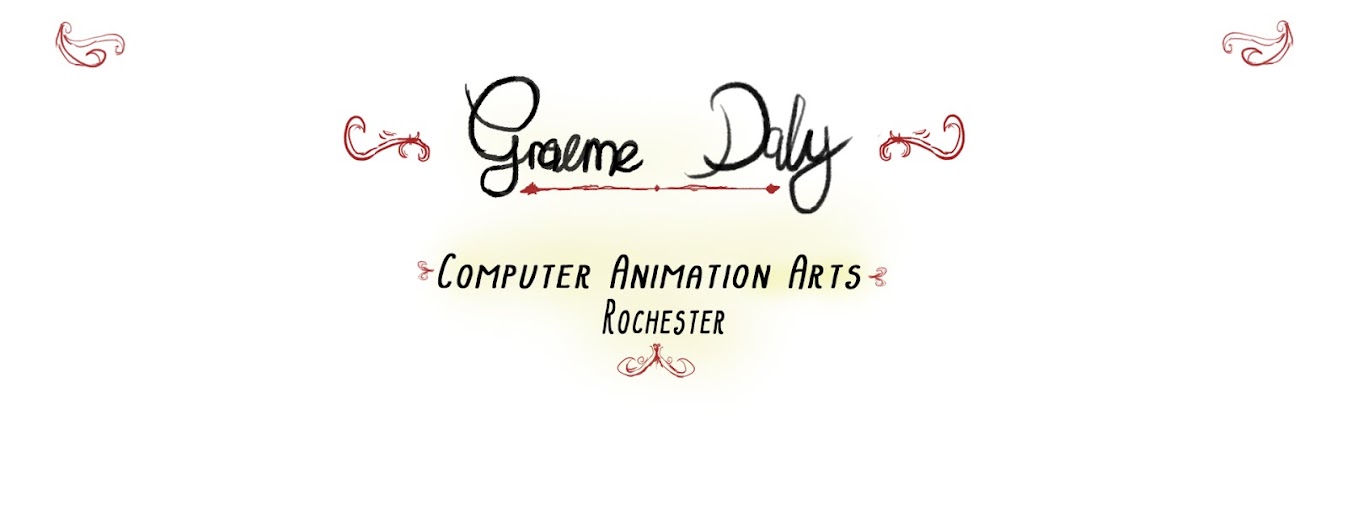Saturday 30 September 2017
Thursday 28 September 2017
Monday 25 September 2017
Postmodernism Key Words
High Modernism: High modernism (also known as "high modernity") is a form of modernity, characterized by an unfaltering confidence in science and technology as means to reorder the social and natural world.
Capitalist: capitalism describes an industrial society in which consumerism and private ownership are the order of the day and competition is the name of the game.
Superabundance: excessively abundant
Disconnected: Not feeling one with reality
Pop: Abbreviation for pop culture, modern popular culture transmitted via the mass media and aimed particularly at younger people.
Fragmentary: Consisting of small disconnected or incomplete parts
Superficiality: Lack of thoroughness, depth of character, or serious thought.
Eclectic nostalgia: Having a sense of nostalgia that relates to the past deriving ideas, style, or taste from a broad and diverse range of sources
Simulacra: copies that depict things that either had no original to begin with, or that no longer have an original
Schizoid: Disconnected, non linear
Depthless: Shallow and superficial
Fabulation: To engage in the composition of fables or stories, especially those featuring a strong element of fantasy:
Flippant: not showing a serious or respectful attitude
Pastiche: A style that imitates another style
Bricolage: A creation from a diverse range of available things
Aleatory: Something that is random
Capitalist: capitalism describes an industrial society in which consumerism and private ownership are the order of the day and competition is the name of the game.
Superabundance: excessively abundant
Disconnected: Not feeling one with reality
Pop: Abbreviation for pop culture, modern popular culture transmitted via the mass media and aimed particularly at younger people.
Fragmentary: Consisting of small disconnected or incomplete parts
Superficiality: Lack of thoroughness, depth of character, or serious thought.
Eclectic nostalgia: Having a sense of nostalgia that relates to the past deriving ideas, style, or taste from a broad and diverse range of sources
Simulacra: copies that depict things that either had no original to begin with, or that no longer have an original
Schizoid: Disconnected, non linear
Depthless: Shallow and superficial
Fabulation: To engage in the composition of fables or stories, especially those featuring a strong element of fantasy:
Flippant: not showing a serious or respectful attitude
Pastiche: A style that imitates another style
Bricolage: A creation from a diverse range of available things
Aleatory: Something that is random
Saturday 23 September 2017
Friday 22 September 2017
Thursday 21 September 2017
Perspectives Lecture 1: Kill Bill
Why Kill Bill by Tarantino is Postmodern
Kill Bill is an extremely fragmented film with schizoid elements compiled into a mesh of genre's that should not belong together but Tarantino has managed to combine all these elements to make a postmodern classic.
Kill Bill has many different non Linear styles from switching to a nostalgic melancholy black and white to a fight scene of the figures silhouetted against neon blues and an anime sequence that stands out completely from the rest of the film.
The score is also a mismatch of many different genres, Spanish styled music is shown in parts while disco and upbeat music is shown during fight scenes which is a complete juxtaposition that Tarantino translates to the mise en scène with confidence.
As the film progresses so does the fact that the viewer realises that they are watching a film, something that Tarantino undoubtedly does on purpose. The fight scenes become extremely less life like as Uma Thurman swings and glides off stairs and beams while the blood of her victims sprays like fountains. As the plane lands in Tokyo it is obvious that a miniature model was used coupled with the overly orange glow of the sunset.
Subscribe to:
Posts (Atom)














